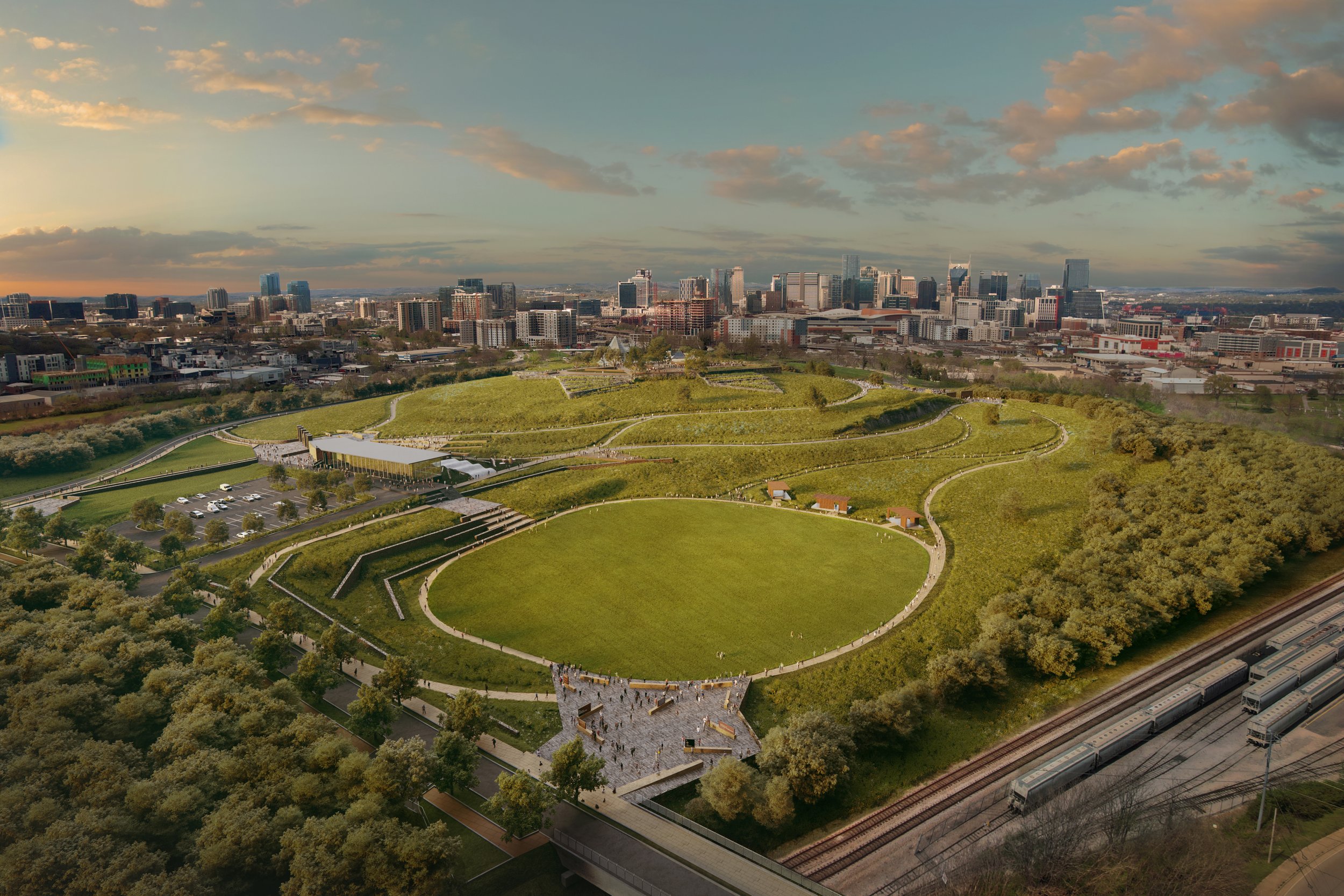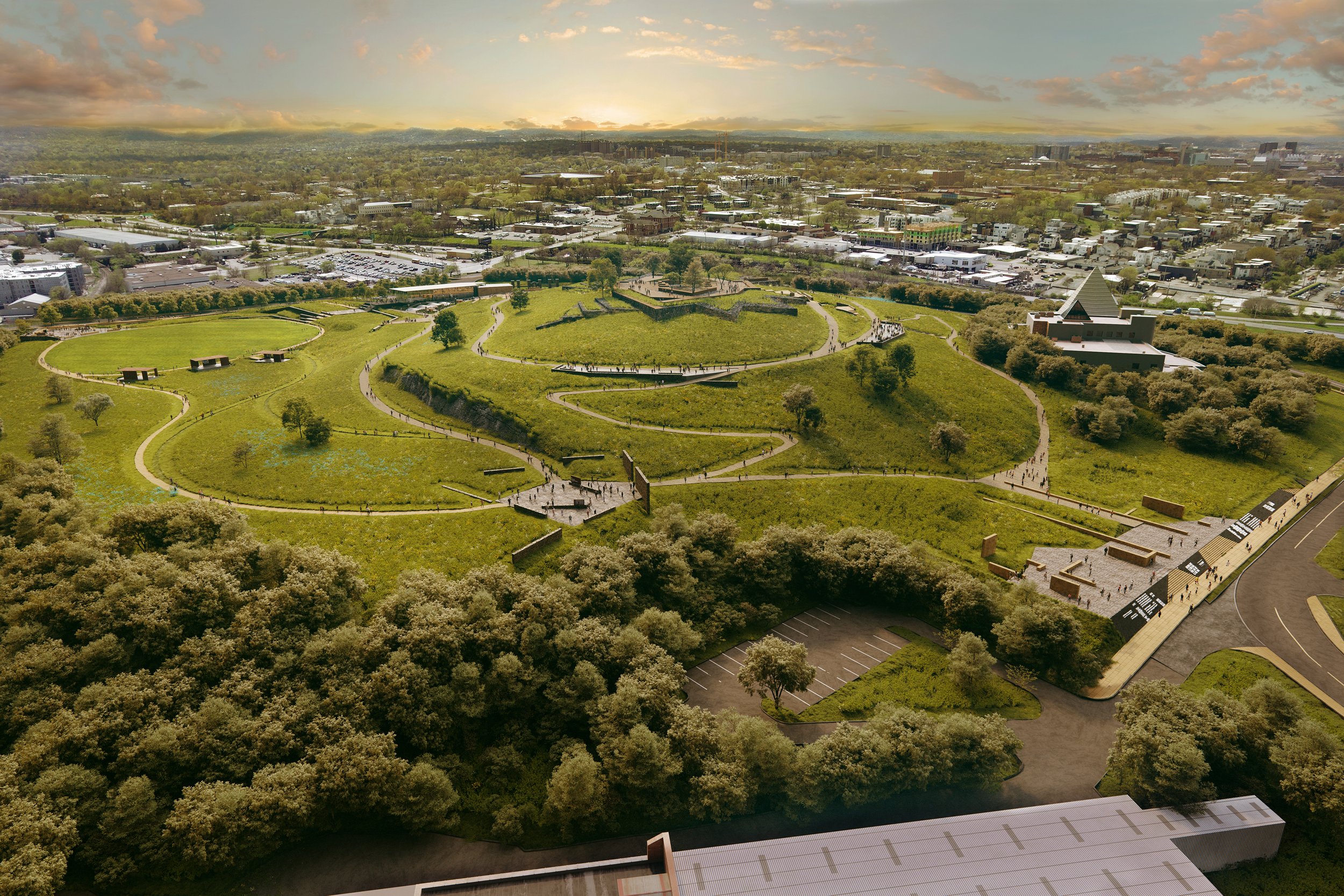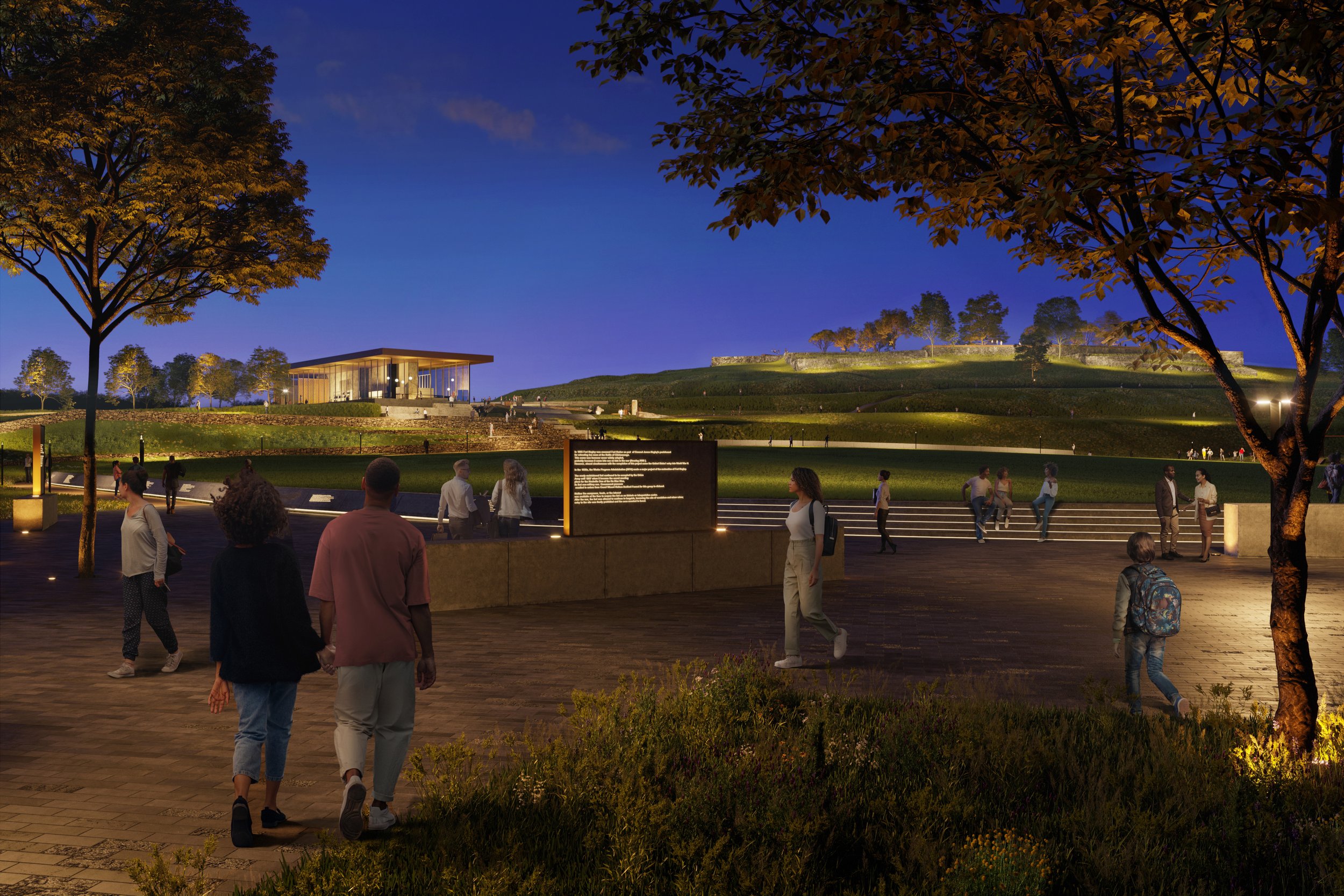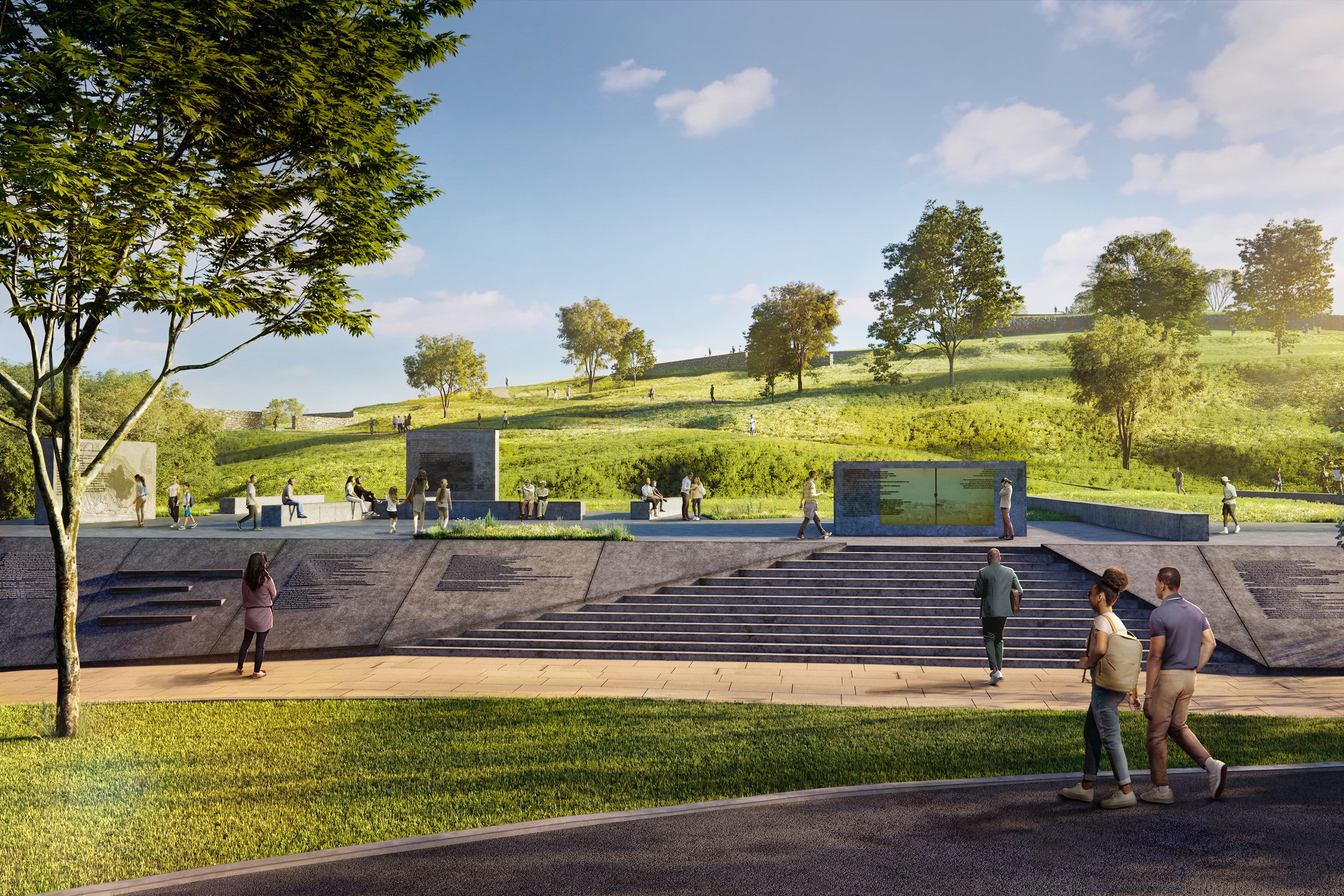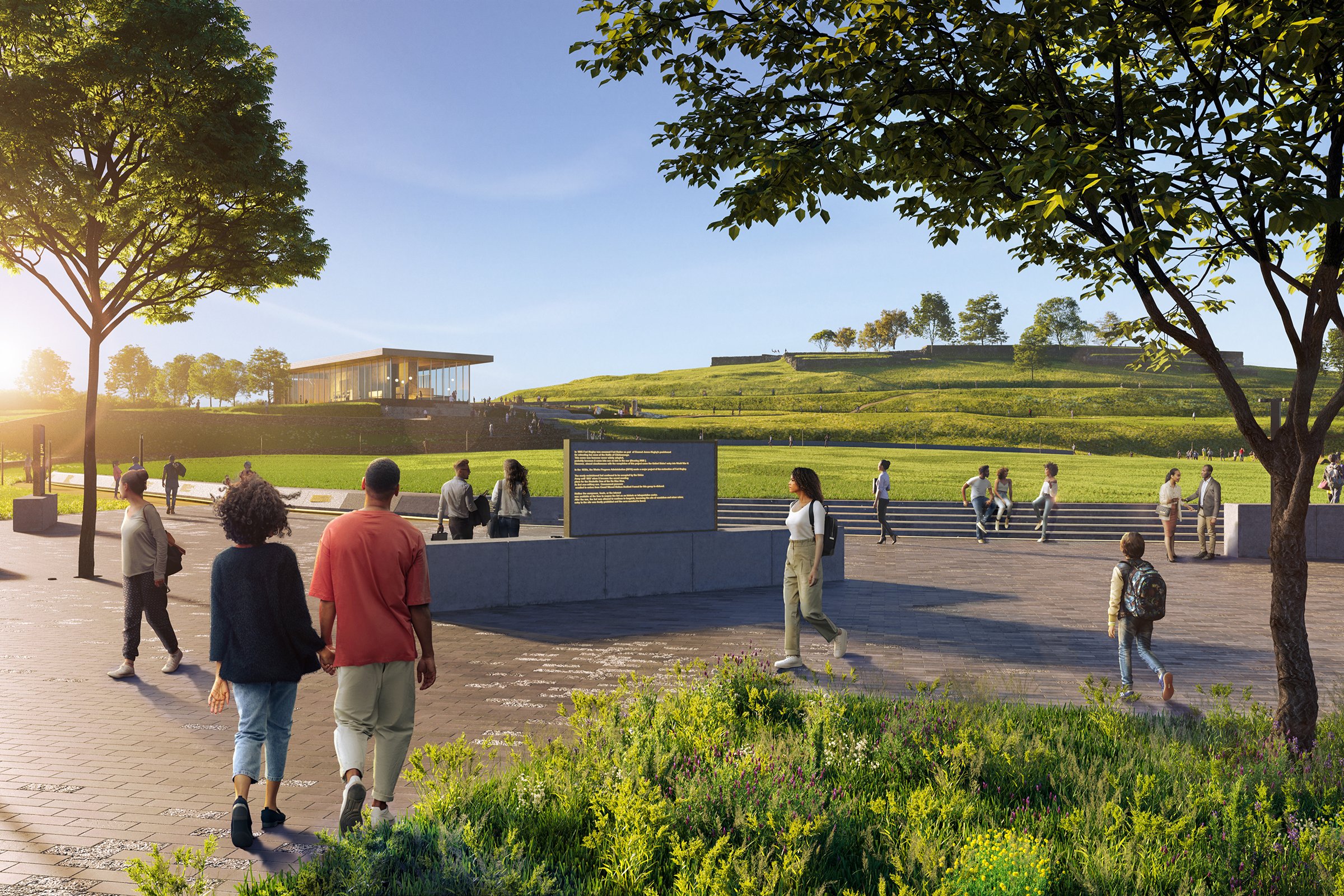BACK TO PORTFOLIO
FORT NEGLEY PARK
LOCATION: Nashville, TN
DATE COMPLETED: Ongoing
CLIENT: Metro Parks and Recreation - Nashville
Fort Negley Park sits at the nexus of Nashville’s collective memory, a living history of the city’s physical, economic, and cultural evolution. Its story is uniquely American and within its landscape lies the narrative of our nation’s turbulent past. Fort Negley’s most recent history remains a microcosm of contemporary forces, the center of a push pull relationship between development, open space, and the telling of accurate and truthful history. Any successful master planning effort for Fort Negley requires the site, as well any proposed improvements, be viewed through this holistic lens. Fort Negley is much more than a Civil War relic. It represents the hope of freedom, the injustice of enslavement, the still felt effects of urban renewal, and a continued struggle for social and environmental equity within a rapidly changing urban environment.
The master plan recognizes the complexity of the site and its historical and cultural importance. At their foundation, the plan’s recommended site improvements, program elements and strategic solutions represent an effort to interpret the site in ways that reflect this importance and illuminate Fort Negley’s story with truth and beauty.
The plan rests on bedrock of three Guiding Principles: preserve and maintain the Fort Negley site, reveal and honor its history, and connect and engage with the public at a local, regional, and national level. In its current state, Fort Negley Park does not meet these principles. The site is under maintained and its historic resources vulnerable to further degradation. The site-wide interpretation of Fort Negley’s history is incomplete, and in some cases in danger of being completely lost to public view, such as the story of the Bass Street Community. Site program elements that more fully engage the community are lacking. Pieces of the site remain disparate and the park remains disconnected from its adjacent communities and city at large.
The plan seeks to address the above issues through an overall strategy of rehabilitation as outlined by the U.S. Department of Interior standards for historic places. Rehabilitation will utilize three main strategic solutions: reinvestment, remembrance, and reconnection. These solutions seek to create a site that meets the goals set forth by the guiding principles.
